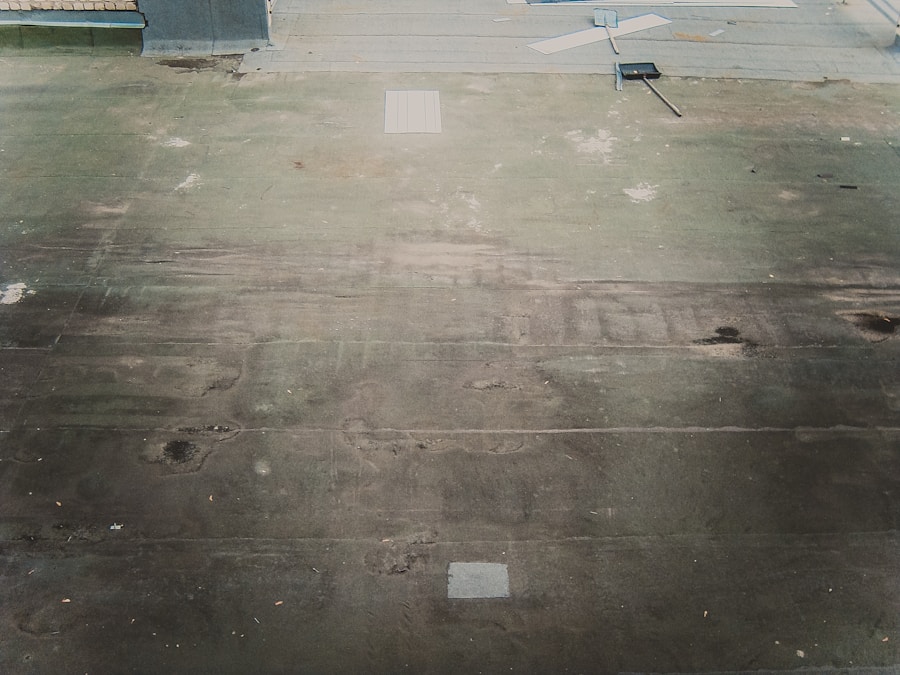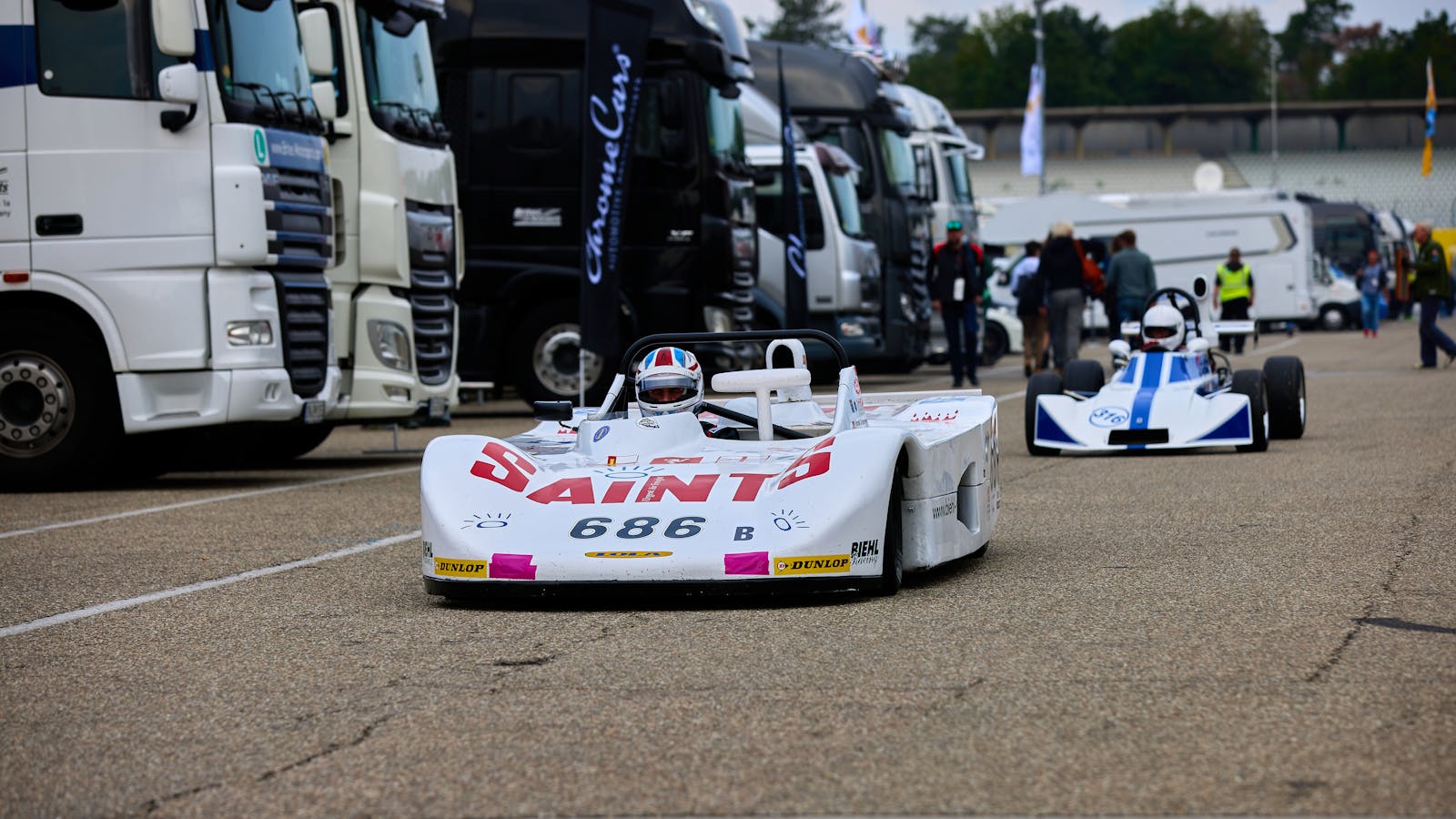Sebring Raceway, located in Sebring, Florida, has a storied history that dates back to its inception in 1950. Originally a World War II airfield, the site was transformed into a racing circuit by a group of enthusiastic sports car drivers. The first race held at Sebring was the 12 Hours of Sebring, which quickly became one of the most prestigious endurance races in the world.
The event attracted international attention and established Sebring as a key player in the motorsport arena. Over the decades, the track has hosted numerous iconic races, including the FIA World Endurance Championship and various American Le Mans Series events. The track’s unique layout, characterized by its combination of long straights and challenging turns, has tested the mettle of countless drivers and teams.
Sebring’s rough surface, a remnant of its airfield origins, adds an additional layer of complexity to racing strategies. The circuit’s history is rich with memorable moments, from legendary battles between manufacturers to the emergence of new racing technologies. As the years progressed, Sebring evolved, adapting to the changing landscape of motorsport while maintaining its status as a beloved venue for both competitors and fans alike.
Key Takeaways
- Sebring Raceway has a rich history dating back to 1950, making it one of the oldest continuously operating race tracks in the United States.
- The new track layout at Sebring Raceway features several changes, including a reconfigured turn 13 and a widened front straight.
- The updated track presents challenges such as increased speeds, new passing opportunities, and potential tire wear due to the rough surface.
- Key features of the track include the famous “sebring bumps,” the challenging hairpin turn, and the iconic “green park” section.
- The new track layout at Sebring Raceway will impact racing strategies by requiring teams to adapt to the changes in track conditions and optimize their setups accordingly.
Unveiling the New Track Layout
Modernizing a Historic Venue
The new track layout was unveiled with great anticipation, promising to retain the essence of what made Sebring special while incorporating modern advancements. The modifications included changes to several corners, improved pit facilities, and enhanced spectator areas.
Enhancing the Racing Experience
These updates were designed not only to improve safety but also to create more overtaking opportunities, making races more exciting for fans and competitors alike. The revised layout features a combination of familiar sections and newly designed corners that challenge drivers in different ways. For instance, the addition of tighter turns encourages strategic braking and acceleration, allowing for more dynamic racing lines.
A New Era for Sebring
The changes have been met with enthusiasm from many in the racing community, who see them as a way to breathe new life into an already historic venue. By blending tradition with innovation, Sebring aims to attract a new generation of fans while honoring its rich legacy.
The Challenges of the Updated Track

While the new track layout at Sebring Raceway has been designed with safety and excitement in mind, it also presents unique challenges for drivers and teams. The alterations to the circuit require drivers to adapt their techniques and strategies, as familiar braking points and racing lines may no longer apply. This adjustment period can be particularly daunting for those who have raced at Sebring for years, as they must recalibrate their instincts to navigate the updated course effectively.
Moreover, the changes in track surface and corner configurations can impact vehicle performance. Teams must invest time in testing and data analysis to understand how their cars respond to the new layout. Tire management becomes crucial as drivers learn how to optimize grip levels on the modified surface.
The balance between speed and control is delicate; pushing too hard in certain sections could lead to costly mistakes. As teams work through these challenges, they will need to rely on their engineering expertise and driver skill to find the right setup for success.
A Closer Look at the Track’s Key Features
| Key Features | Metrics |
|---|---|
| Track Length | 4.3 miles |
| Number of Turns | 20 |
| Maximum Elevation Change | 130 feet |
| Longest Straight | 0.62 miles |
| Track Surface | Asphalt |
The updated Sebring Raceway boasts several key features that enhance both the racing experience and spectator enjoyment. One notable aspect is the improved pit lane, which has been redesigned for efficiency and safety. The new layout allows for quicker pit stops, enabling teams to execute strategies more effectively during races.
This change is particularly significant during endurance events like the 12 Hours of Sebring, where every second counts. Additionally, the spectator areas have been expanded and upgraded to provide better views of the action. New grandstands have been constructed at strategic points around the track, allowing fans to witness thrilling overtakes and intense battles up close.
Enhanced amenities such as concession stands and restrooms have also been added, ensuring that spectators have a comfortable experience while enjoying world-class racing. These improvements reflect a commitment to creating an engaging environment for fans while maintaining the integrity of the racing itself.
The Impact on Racing Strategies
The modifications to Sebring’s layout have profound implications for racing strategies employed by teams during events. With new corners that require different braking techniques and acceleration patterns, teams must rethink their approach to car setup and race execution. For instance, drivers may need to adopt a more conservative approach in certain sections to preserve tire life while maximizing speed on straights where overtaking opportunities arise.
Furthermore, fuel strategy becomes increasingly critical as teams navigate the updated track. The changes may lead to variations in fuel consumption rates due to altered acceleration zones and cornering dynamics. Teams will need to analyze data meticulously to determine optimal pit stop windows and fuel loads for different race conditions.
This strategic complexity adds an exciting layer to races at Sebring, as teams must balance speed with endurance over long distances.
The Reaction from Drivers and Teams
The unveiling of the new track layout at Sebring Raceway has elicited a range of reactions from drivers and teams alike. Many have expressed excitement about the potential for increased overtaking opportunities and more dynamic racing scenarios. Veteran drivers who have spent years mastering the old layout acknowledge that while change can be challenging, it also presents an opportunity for growth and adaptation.
Conversely, some drivers have voiced concerns about the learning curve associated with navigating a modified circuit. The need for extensive practice sessions to familiarize themselves with new braking points and cornering techniques can be daunting, especially for those who thrive on consistency. Teams are also adjusting their testing schedules to accommodate these changes, ensuring that their drivers are well-prepared for competition on race day.
Overall, the response has been largely positive, with many eager to embrace the challenges presented by the updated layout.
The Future of Sebring Raceway
As Sebring Raceway moves forward with its new track layout, its future appears bright within the motorsport community. The combination of historical significance and modern enhancements positions it as a premier destination for racing enthusiasts worldwide. With ongoing investments in infrastructure and technology, Sebring is poised to attract major events and continue its legacy as a hub for endurance racing.
Moreover, the updated layout is expected to foster greater competition among teams as they adapt their strategies to navigate the challenges presented by the new configuration. This evolution not only enhances the spectacle of racing but also encourages innovation within teams as they seek ways to optimize performance on the track. As Sebring embraces its future while honoring its past, it remains a vital part of motorsport history.
Tips for Spectators at the New Track
For spectators attending events at the newly updated Sebring Raceway, there are several tips to enhance their experience. First and foremost, arriving early is essential; this allows fans ample time to explore the facility, find their seats, and soak in the atmosphere before the race begins. With expanded grandstands and improved viewing areas, spectators should take advantage of different vantage points around the track to witness various aspects of the race.
Additionally, familiarizing oneself with the layout of the facility can significantly enhance enjoyment. Knowing where key features such as concession stands, restrooms, and merchandise areas are located can save time during breaks in action. Engaging with fellow fans can also enrich the experience; sharing insights about favorite drivers or discussing race strategies adds a communal aspect to attending live events.
Lastly, being prepared for varying weather conditions is crucial when attending races at Sebring. Florida’s climate can be unpredictable; bringing sunscreen for sunny days or rain gear for unexpected showers ensures that spectators remain comfortable throughout their visit. By following these tips, fans can fully immerse themselves in the excitement of racing at Sebring Raceway while creating lasting memories in this historic venue.








Leave a Reply